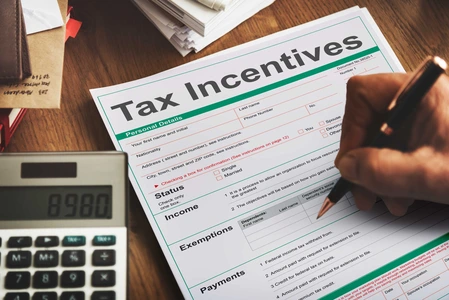Impact on Domestic Manufacturing and Pricing
Pressure on U.S. automakers: Ironically, tariffs aimed at protecting American industry are also straining U.S. manufacturers. Domestic automakers still depend on global supply chains, so tariffs on imported components inflate their costs of production. For example, an American-built pickup may use a Mexican-made transmission or Canadian aluminum – all now subject to extra fees. “No vehicle is purely American,” as one industry report noted, so even the Detroit Three are grappling with higher input costs. Ford’s CEO cautioned that a 25% tariff on North American trade would “blow a hole” in the U.S. auto industry, causing “a lot of cost, a lot of chaos” for manufacturers. These higher costs often lead to higher prices for consumers, or else thinner profit margins for companies if they try to absorb the hit.
Limited short-term alternatives: In theory, domestic firms could source more parts locally or build more in the USA to avoid tariffs. In practice, retooling supply lines or factories can’t happen overnight. Automakers plan production years in advance – design and tooling for a new model can take a decade. Thus, abrupt tariffs leave them stuck paying more for existing part contracts rather than immediately shifting to U.S. suppliers. Building new parts plants or moving production is a long-term process with “massive investment” required. As a result, domestic manufacturing hasn’t ramped up fast enough to offset the tariff costs; instead, companies are paying the tariffs and grappling with the consequences in real time.
Pricing and competitiveness: Tariffs also distort competition in the U.S. market. Vehicles built in North America (U.S., Mexico, Canada) now carry higher costs, potentially giving an edge to brands that import from elsewhere. Automakers are lobbying furiously against these trade barriers, pointing out that integrated North American production has been the norm for decades. A coalition representing nearly all major automakers warned that broad tariffs would raise vehicle prices “as much as 25%” and disrupt North American manufacturing networks immediately. In short, domestic pricing is caught in the crossfire: U.S. automakers are weighing price hikes to cover costs versus the risk of losing sales to competitors if prices soar too high.
Key Takeaways and Trends to Watch
- New vehicle prices are climbing: Tariffs on imports act like a tax on new cars and trucks, raising prices for virtually every automaker. Buyers can expect higher sticker prices – potentially thousands more – especially on vehicles with a lot of imported content.
- Used car market heating up: As new cars become less affordable, more consumers are shifting to used vehicles, driving used car prices higher as well.
- Supply chain and inventory disruptions: The auto industry’s global supply network is being tested. Tariffs have introduced cost and complexity at every stage, which could lead to production delays or selective factory shutdowns.
- Adaptive strategies by industry players: Dealers and manufacturers are employing stopgap measures like absorbing some tariff costs, offering promotional deals, and lobbying for exemptions. How long they can sustain these measures is uncertain.
- Trends to watch: Keep an eye on trade negotiations and any policy changes. A resolution or rollback of tariffs could relieve price pressures, while further escalations might push prices even higher.
The bottom line is that the tariff war has injected uncertainty into the auto market, and both new and used car prices are expected to rise as long as trade tensions persist.
Sources: Automotive industry analysis and trade reports were used to inform this overview, including insights from the National Automobile Dealers Association and Center for Automotive Research
nada.org, news reports from Reuters
reuters.com, and economic forecasts from experts monitoring the tariff impact on vehicle prices









